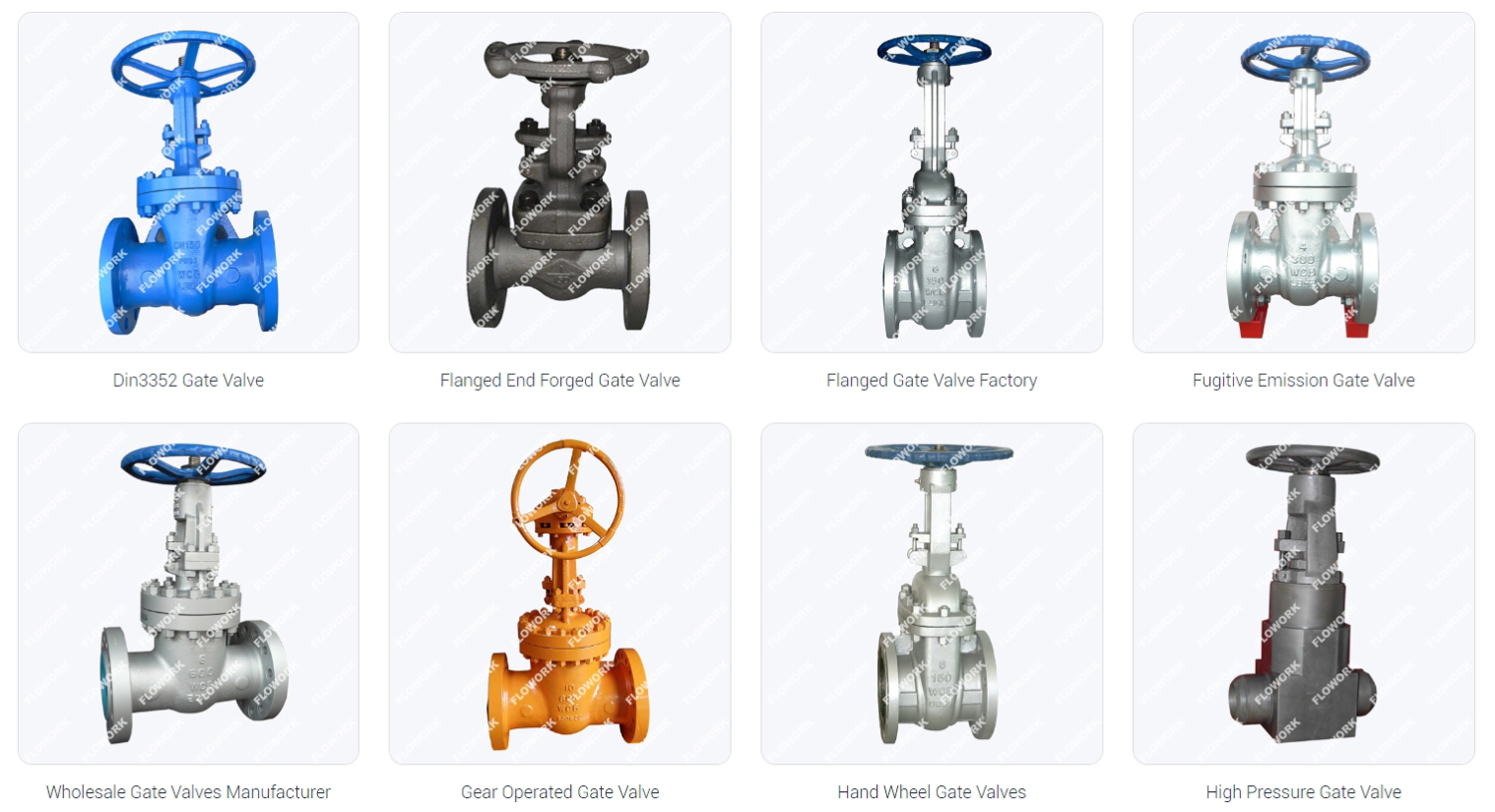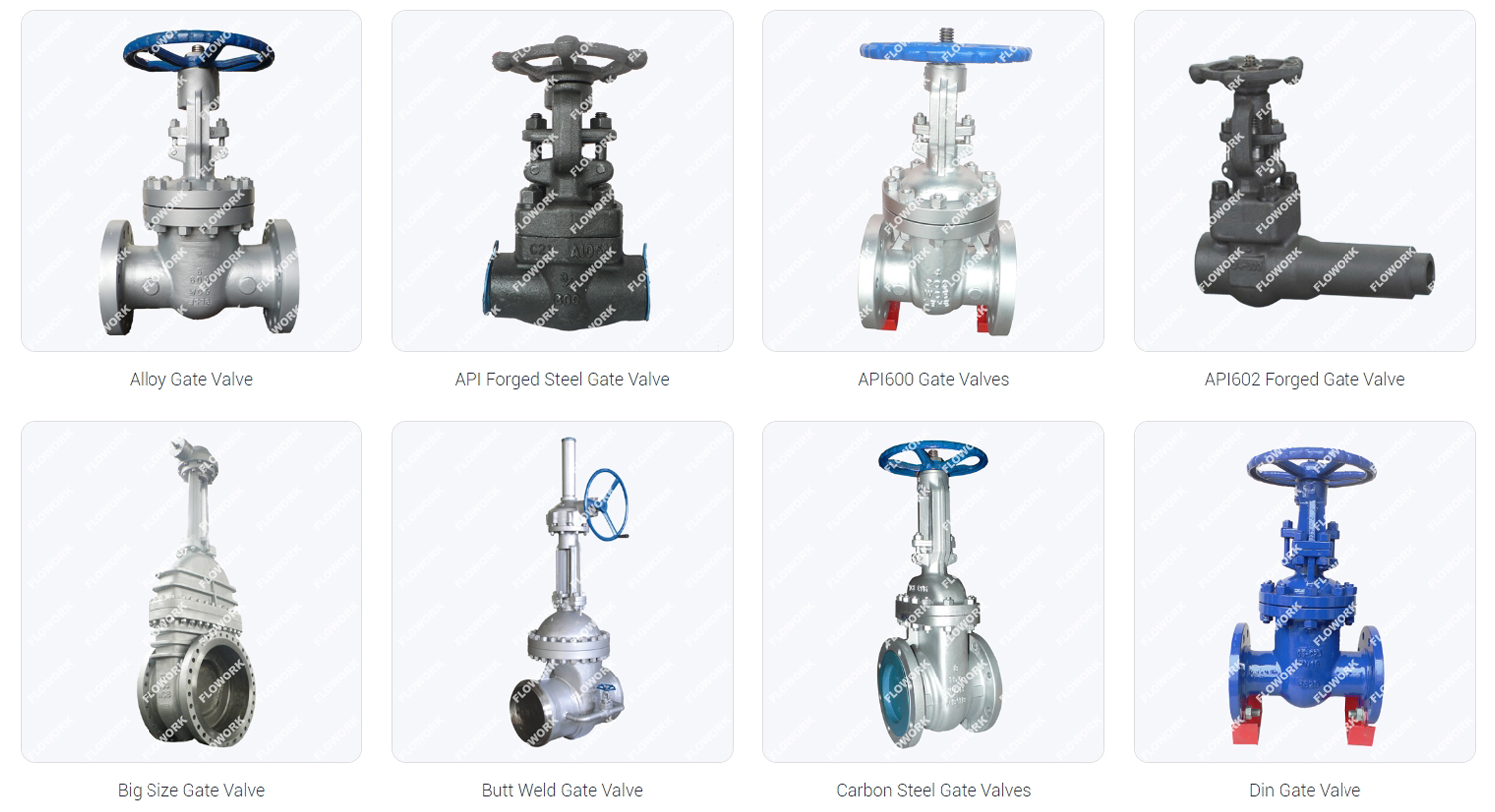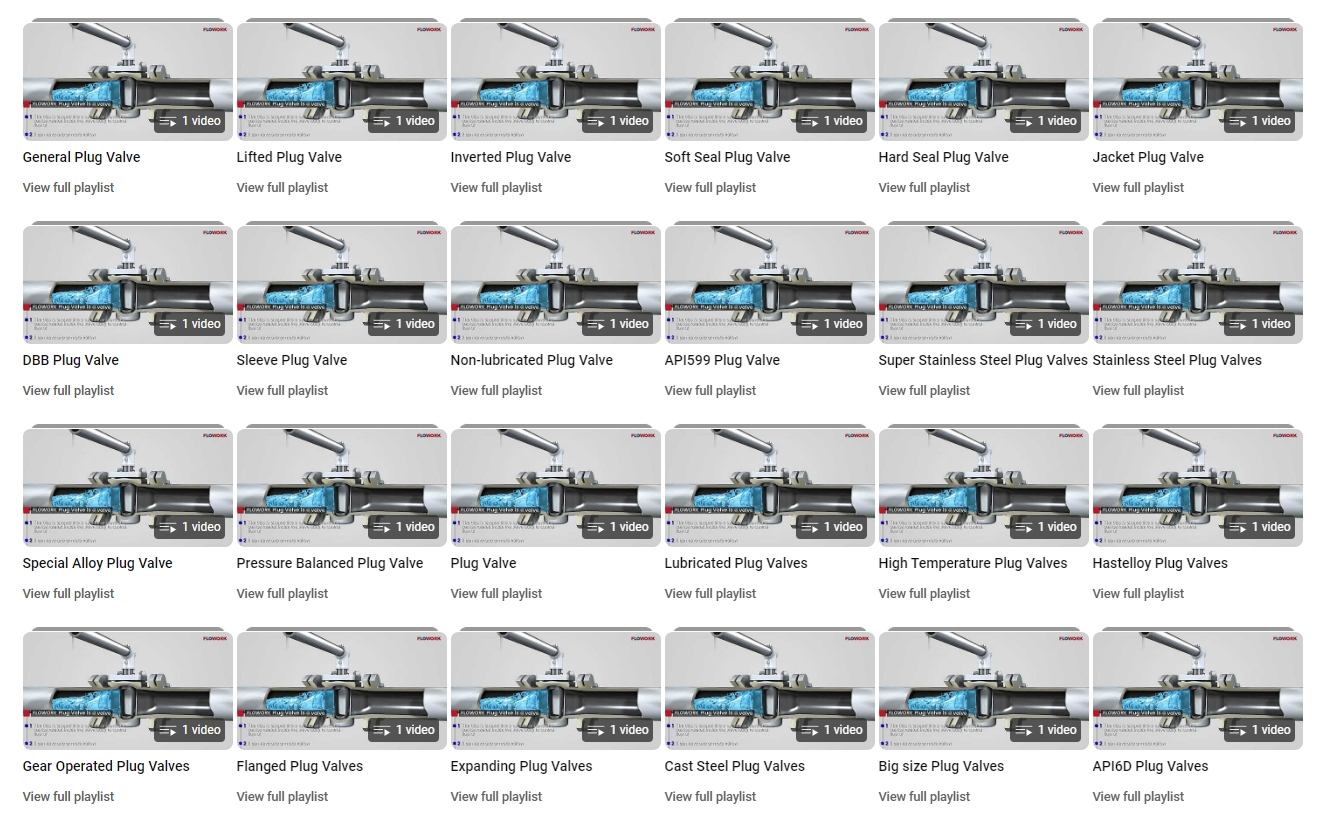Which material should be used for high-temperature gate valves?
Scientific approach to selecting materials for high temperature gate valves. In high temperature fluid control systems, gate valves play an important role. To ensure gate valve performance and reliability in high-temperature environments, material selection becomes a critical task. I would like to have an in-depth chat with you about the considerations for selecting materials for high-temperature gate valves, and explore the current best material options, in order to help professionals make more informed material choices.
1. Challenges and requirements for high temperature gate valve materials
Gate valve materials face multiple challenges in high temperature environments. First, the material needs to have excellent high-temperature strength and stiffness to withstand the high pressures and thrust in the system. Secondly, the material must have good high-temperature corrosion resistance and oxidation resistance to resist the effects of corrosive media and oxidation. In addition, the material also needs to have a low thermal expansion coefficient and excellent thermal conductivity to reduce thermal stress and thermal deformation and ensure the sealing performance and operational stability of the valve, butterfly valve factory.

2. Characteristics and applications of commonly used high temperature gate valve materials
Stainless steel (such as 316, 310S): Stainless steel is a commonly used high-temperature gate valve material with excellent corrosion resistance and high-temperature oxidation resistance. It is suitable for a variety of corrosive media and high temperature environments, so it is widely used in petroleum, chemical and other industries. However, the strength of stainless steel may decrease at high temperatures, and its operating temperature range needs to be considered comprehensively.
Nickel-based alloys (such as Inconel 625, Inconel 718): Nickel-based alloys have excellent high-temperature strength and corrosion resistance and are suitable for extreme high temperatures and corrosive environments. They are commonly used in high-temperature fluid control systems in aerospace, energy, and other fields. However, nickel-based alloys are more expensive and may increase manufacturing costs, wholesale plug valve.

3. Research and application of new materials
With the continuous advancement of science and technology, the research and application of new high-temperature gate valve materials are also deepening. Here are some new high temperature gate valve materials with potential:
High-temperature ceramic materials: High-temperature ceramic materials have excellent high-temperature resistance and corrosion resistance, and are suitable for extreme high-temperature environments. They also have a low thermal expansion coefficient and excellent thermal conductivity, which can reduce thermal stress and thermal deformation. However, the brittleness and processing difficulty of high-temperature ceramic materials limit their widespread use in practical applications. Currently, scientific researchers are working on improving the toughness and processability of ceramic materials in order to achieve breakthroughs in the field of high-temperature gate valves, ball valve factory.
High-temperature coating technology: High-temperature coating technology is a method of improving the high-temperature resistance and corrosion resistance of materials by coating a layer of high-performance coating on the surface of the base material. This technology can significantly improve the high-temperature performance and service life of the valve while maintaining the strength and rigidity of the base material. Currently, researchers are continuously exploring new high-temperature coating materials and coating processes to meet the increasing engineering needs.
4. Comprehensive consideration and decision-making in material selection
When choosing the best material for a high-temperature gate valve, a variety of factors need to be considered. First of all, materials with appropriate corrosion resistance and high temperature resistance need to be selected according to the environment and medium characteristics of the valve. Secondly, materials with sufficient strength and rigidity need to be selected based on the working pressure and thrust of the valve. In addition, factors such as the material's machining performance, welding performance, and cost also need to be considered. The final material selection should be to maximize cost-effectiveness while meeting performance requirements.
All Of Our Videos By The Link Address: https://www.youtube.com/@floworkinc.5796/playlists
5. The following is a summary based on my many years of experience
Through in-depth discussions on material selection for high-temperature gate valves, I can gain a more comprehensive understanding of the characteristics and application scenarios of different materials, and provide strong guidance for material selection in actual projects. In the future, with the continuous advancement of science and technology and the increasingly stringent industrial demands, the research and development of high-temperature gate valve materials will continue to be in-depth. I can expect more innovative materials and processes to come out to meet the increasingly stringent engineering demands and promote related industries. of sustainable development. At the same time, I also need to pay close attention to the updates and developments of industry standards and specifications to ensure that I always follow the latest guidance and requirements when selecting high-temperature gate valve materials, wholesale gate valve.








